Google Android prototype previewed
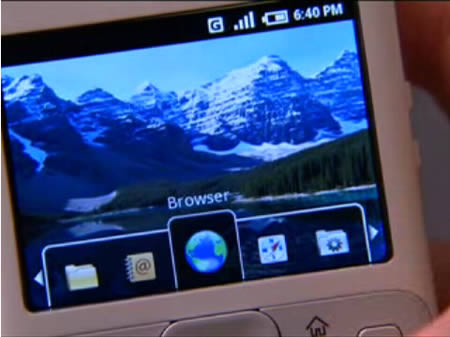
Google’s Android mobile phone platform has been receiving a lot of attention lately, and we’re all eagerly awaiting to see what features the phones based on the new platform will offer. Fortunately, we won’t have to wait too long, as rumours suggest that Google will be showing off some early Android phones at the 3GSM Conference in Barcelona in February.
Until then, though, we can get a sneak preview of what’s to come courtesy of Google themselves and a video preview they’ve posted on YouTube that shows off some of the features of an Android prototype.
Full details, pics, and, of course, the video of the Android prototype after the jump.
Google Android
Rumours persisted through most of 2007 that Google were working on a Google phone, called the GPhone. Speculation mounted when it was suggested that Google had working prototypes of the GPhone that were being constantly used within its offices at its main campus.
In reality, there was no such thing as a GPhone. What Google were working on instead was the Android software stack, a platform for mobile devices that includes an operating system, middleware and key applications, and which enables software developers to build new mobile phone applications with unprecedented access to the phone’s core features.
However, this all sounds pretty abstract and nebulous, and doesn’t really give much of a flavour of what Android can actually do. To rectify this, Google released a video of an Android prototype phone – and it’s this phone that the rumours of a GPhone actually being in existence were mistakenly referring to, as it’s been tested by Google engineers for the past six months.
Android Features
The prototype Android phone is ugly, but then, it is just that: a prototype. Of far more importance is the features, applications and user interface it offers, as this gives us an insight into what we can expect with Android phones.
The first thing that hits you about the Android phone is its interface. Nice touch screen, little icons at the bottom that you scroll through and click on with the touch of a finger – all very iPhoney. What’s more impressive, though, is how well integrated the various features are.
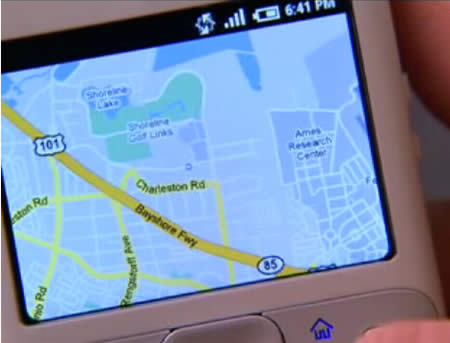
For example, click on a contact, and you get the name, mobile phone details and address of that person. Click on the address, and you’ll go directly to Google Maps, showing you exactly where that person lives. All of this is seamless, which is a lot better than the majority of location-oriented services available today.
For example, on my Nokia E90, I can find the address of a pub through Google, but I then have to locate its postcode, remember it, and then go into the E90’s SatNav feature and type it in manually. It works, but it’s not exactly seamless. With an Android phone, however, all this can be achieved with a simple touch of a finger.
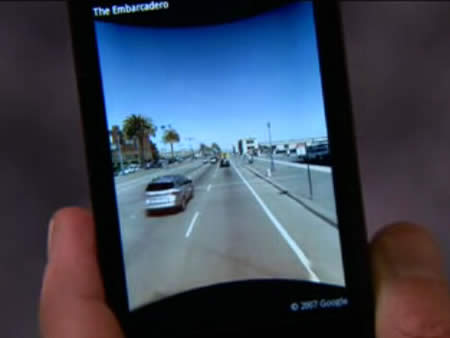
Better still, Google have also implemented Street View into Android, enabling you to see real photos of the areas you wish to navigate to, and move the view around with your finger.

Android is also optimised to take advantage of 3D graphics, as it uses the OpenGL graphics library. This can either be used purely in software, where it’ll be slow, or sped up with dedicated OpenGL hardware from the likes of nVidia (who are also on board the Android bandwagon).
Not only does this give Android phones the ability to play 3D games such as Quake, you also get a beautiful mobile version of Google Earth, complete with a 3D Earth that you can spin and twist at will with your finger.
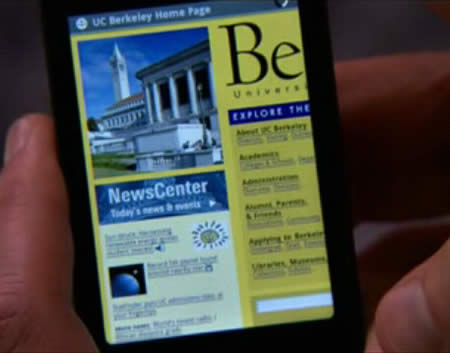
Finally, we have the Web browser, which is intended to be Android’s piece de resistance, principally because Google wants to merge the Webtop experience with the mobile domain (so it can generate even more cash from advertising!).
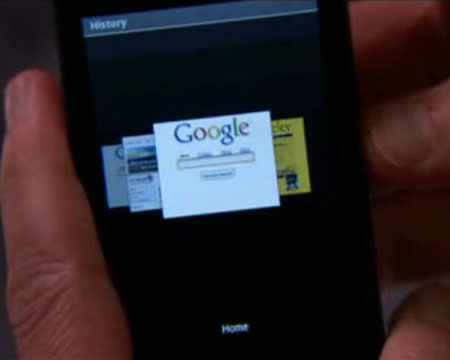
Android’s browser is, ironically, based on Apple’s Safari web browser (as used in the iPhone), as it uses Apple’s WebKit, which enables Web pages to be viewed in the same fidelity as if they were on the desktop. The result is gloriously rendered Web pages, plus a neat history mechanism that flicks through the pages you’ve already viewed in a similar way to Apple’s CoverFlow technology.
Summary
In summary, then, despite the initial disapointment at Google not actually developing their own phone, the Android platform looks set to cause more of a stir in the mobile industry than the iPhone did. the iPhone may look pretty, but in typical Apple fashion it’s a completely closed system that does not permit third party development in any serious sense. Consequently, any innovation on the iPhone must now come purely from Apple.
In contrast, the Android platform is completely open, meaning that application developers and even mobile manufacturers can adapt it any which way they please. With its tight integration of existing Google technologies, such as Maps, Earth and Search, and its completely open architecture, Android phones have the flexibility to become any kind of device the market wants, which should only accelerate the already break-neck speed at which innovation is occurring in the mobile phone field.
As if 2007 wasn’t exciting enough with the launch of the iPhone, 2008 is already looking like quite a year in mobile phone land!
[Source: Google Android]


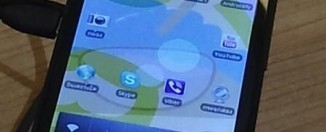

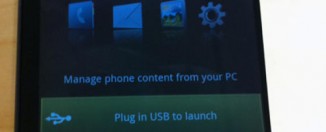

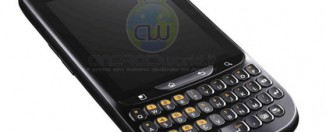


[…] Read the rest of this great post here […]